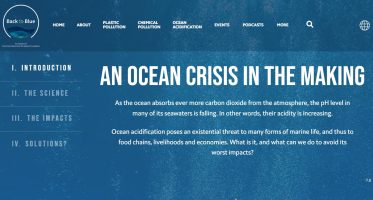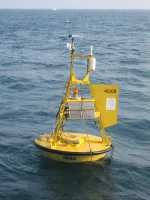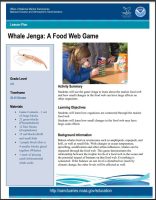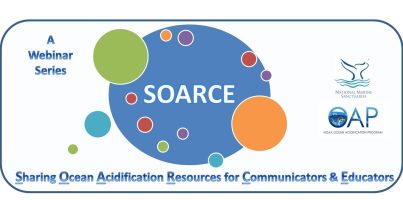National Oceanic and Atmospheric Administration
Ocean Acidification Resources
Search for resources like reports, learning tools, and summaries below.
Search
Sort Results
Refine Results
Audience
Type
Grade Level
Organization


- Source: Economist Impact and the Nippon Foundation
Back to Blue visually presents ocean acidification science, impacts and solutions in a plain-language webstory. (2022)
- Type: Webstory


Technology Refresh: Accelerating OA Sensor Development
Accelerating Ocean Acidification Sensor Development Why we careAfter nearly a decade, the NOAA Ocean Acidification Observing Network (NOA-ON) has reached the maturity level where a sustained effort to refresh its core technology, the Moored Autonomous pCO2 (MAPCO2), is necessary to maintain the current monitoring level. There is also the pressing
New NOAA Research Strategy for Carbon Dioxide Removal
Sixth Report on Federally Funded Ocean Acidification Monitoring and Research
Advancing Ocean Acidification Research and MonitoringThe Interagency Working Group on Ocean Acidification of the National Science and Technology Council’s Subcommittee on Ocean Science and Technology released their Sixth Report on Federally Funded Ocean Acidification Research and Monitoring Activities. The report highlights a range of research activities from measuring where


- Source: NOAA National Marine Sanctuaries, OAP
Students will use a Jenga-type game to learn about the marine food web and how small changes in the food web can have large effects on other organisms, connecting it to ocean acidification impacts. Produced 03/2022
- Type: Curriculum
- Audience: Educator, Student
- Grades 6-8



